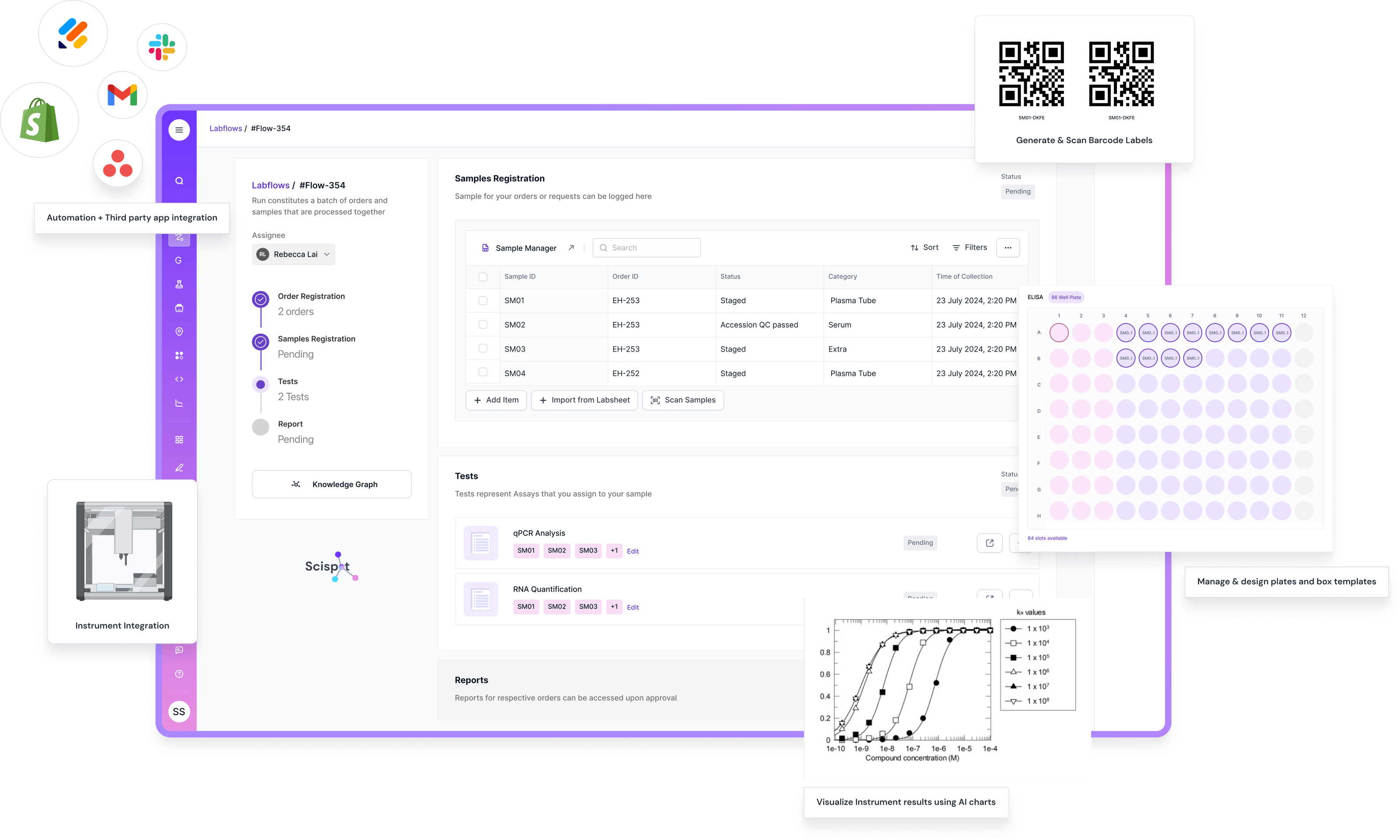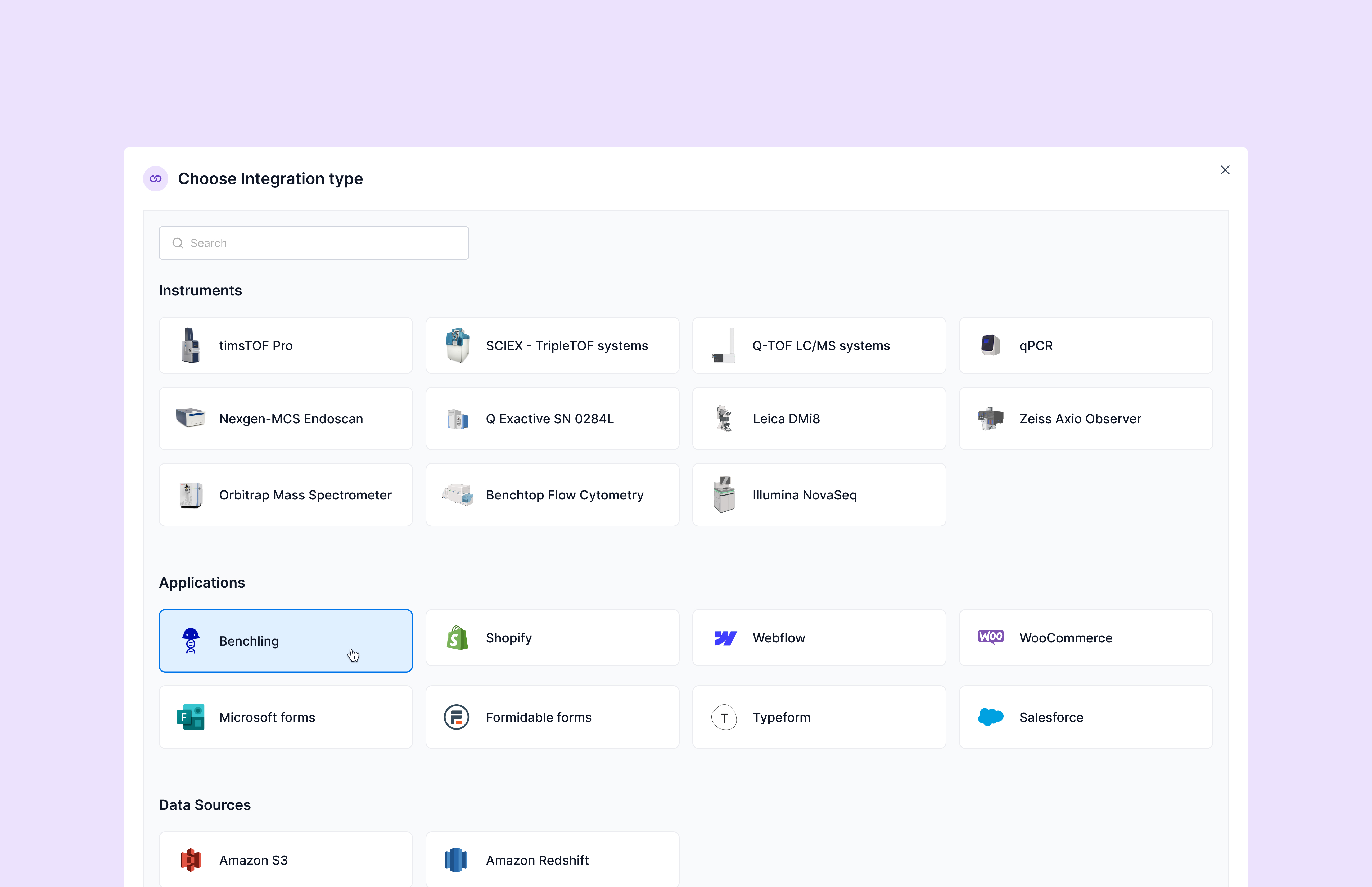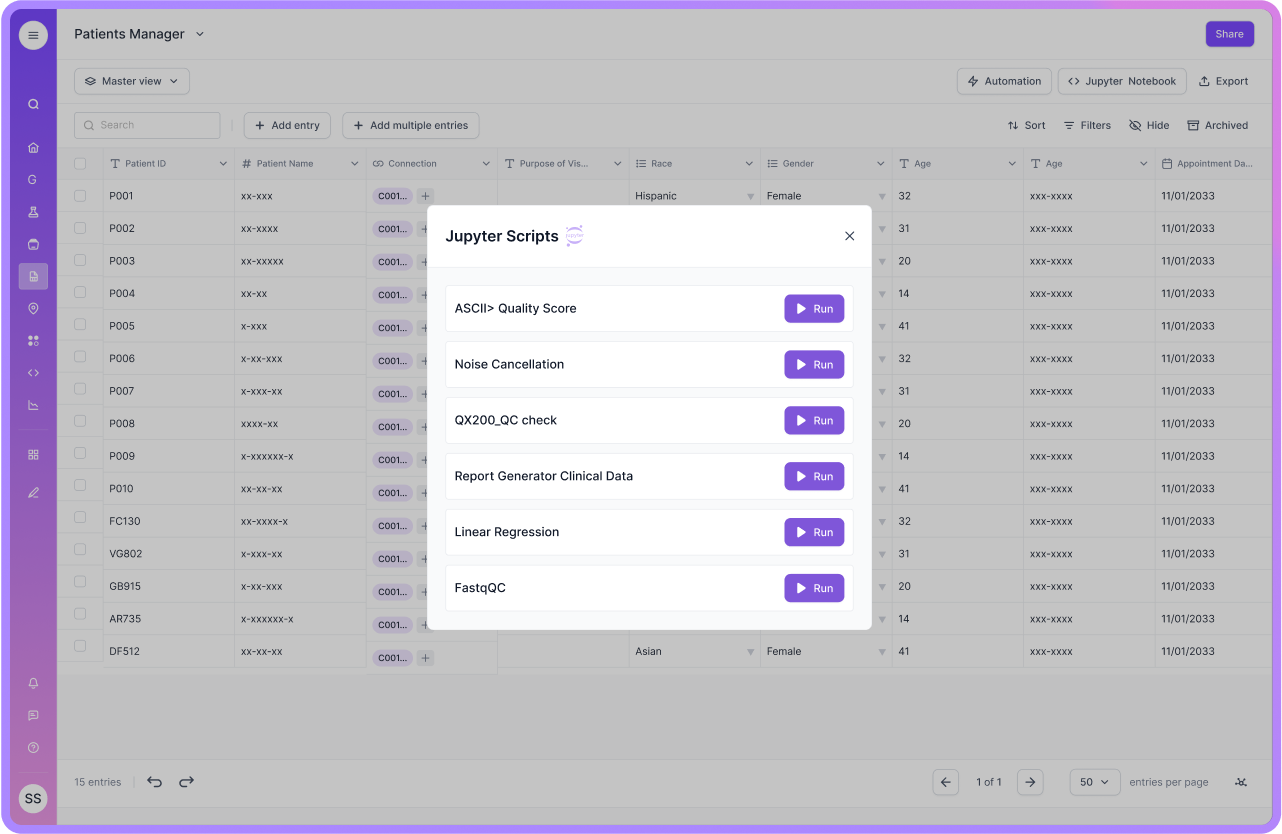When labs evaluate a Cloud Laboratory Information Management System (Cloud LIMS), the key question is often, “How much will it really cost?” At first glance, the pricing for a Software-as-a-Service (SaaS) LIMS looks straightforward, but the true cloud LIMS cost involves several layers — users, samples, storage, APIs, and compliance. Understanding these elements helps labs predict expenses accurately and avoid hidden fees that inflate the total cost of ownership.
Understanding Cloud LIMS Pricing Models
Cloud LIMS vendors use different pricing models to match diverse laboratory operations. Common structures include per-user, per-sample, per-instrument, and per-project models.
In a per-user or per-seat model, fees depend on how many full or light users access the system. This makes budgeting simple, but can limit collaboration if additional users require new licenses. The per-sample pricing model charges for each specimen or batch logged into the system. It’s efficient for small labs but scales sharply for high-throughput environments.
Some vendors use per-instrument or per-integration models, charging for every connected analytical device, such as a spectrometer, bioreactor, or sequencer. For labs running multiple instruments, this approach can significantly increase overall costs. Others prefer per-project pricing—ideal for Contract Development and Manufacturing Organizations (CDMOs) or research consortia—where each study or client has its own pricing bucket. However, these often include separate archival or report delivery fees at project closeout.

What Each SaaS LIMS Tier Typically Includes
Most SaaS LIMS platforms offer four standard pricing tiers: Starter, Growth, Scale, and Enterprise.
The Starter tier is ideal for small labs that need core sample tracking and basic project management. The Growth tier adds features like Single Sign-On (SSO), version control, and role-based access. Scale-tier plans expand on automation and API (Application Programming Interface) connectivity, enabling laboratories to integrate instruments and trigger workflows automatically. Finally, the Enterprise tier includes advanced regulatory compliance, such as full 21 Code of Federal Regulations (CFR) Part 11 validation, HIPAA (Health Insurance Portability and Accountability Act) Business Associate Agreements, and SOC 2 (System and Organization Controls 2) security certifications.
A smart lab should match its operational maturity to the right pricing tier, ensuring it pays for the capabilities it actually needs. Many vendors position compliance and validation packages as add-ons — but for regulated labs, these are not optional extras.

The Hidden Overage Traps
Even with clear subscription pricing, cloud LIMS overages can quickly drive up costs. Storage, API usage, and premium support are the main culprits.
Storage overages occur when raw sequencing data, assay results, or high-resolution instrument files exceed the plan’s limit. Without automated archival rules, excess data is billed at premium rates per gigabyte. API overages happen when automated instruments or workflow scripts trigger excessive API calls — common in automated high-throughput setups. Support overages appear when labs need 24/7 technical assistance beyond the included business hours.
To keep costs predictable, labs should confirm if vendors bill by peak or average usage and whether retries from automated scripts are treated as new API calls.
Multi-Site, Collaborator, and External Partner Pricing
Modern labs operate across multiple locations or collaborate with external partners, such as Contract Research Organizations (CROs) or diagnostics networks. Some cloud LIMS software vendors charge per site, while others charge per collaborator. Scispot’s model allows for flexible collaborator pools—temporary or light users who can securely access shared workspaces without requiring full user licenses. This approach supports scalability and transparency across global teams.

Security, Compliance, and What’s Included
Security and compliance are non-negotiable. A transparent cloud LIMS pricing model should clearly state which certifications and controls are included by default. Critical compliance elements include SSO, SAML (Security Assertion Markup Language), RBAC (Role-Based Access Control), electronic signatures, and immutable audit trails. For regulated labs, inclusion of validation documentation for CFR Part 11, GxP (Good Automated Manufacturing Practice), and ISO 27001 should be standard—not sold as premium add-ons.
Scispot’s cloud-native platform includes these as part of its base architecture. Every plan is designed for traceability, accountability, and compliance from day one, ensuring labs avoid compliance-based cost escalations later.
Negotiation Tips and Common Contract Red Flags
Before signing a Master Service Agreement (MSA), labs should carefully review pricing terms. Ensure that overage policies are clearly defined, volume discounts are transparent, and renewal price caps are included (typically limited to a 5% annual increase). Ask for clear data export rights and self-serve backups to prevent vendor lock-in.
Red flags include vague “fair use” limits, mandatory “validation fees” to unlock compliance features, and opaque “per-connector” instrument costs. A trustworthy cloud LIMS provider will make these details explicit.

Calculating the True Total Cost of Ownership
Your total cost doesn’t end at the subscription. Implementation, configuration, validation, and training often account for up to 30–40% of your first-year spend. The total cost of ownership (TCO) also depends on how your lab scales over time. For a small biotech startup, a cloud LIMS might cost around $1,500–$2,500 per month, while multi-site enterprises handling millions of samples could spend $10,000–$20,000 monthly.
However, a well-designed SaaS LIMS, such as Scispot, offers significant returns on investment. Automated data handling, integrated instrument connectivity, and audit-ready compliance workflows cut operational errors and accelerate product development timelines.
Why Scispot’s Cloud LIMS Pricing Stands Out
Scispot’s pricing model was built for predictability and scalability. It includes transparent overage policies, unlimited instrument integrations, and built-in compliance documentation. Labs can start small, grow across sites, and integrate seamlessly with electronic lab notebooks (ELN), Laboratory Information Systems (LIS), or existing data lakes without hidden costs.
The platform’s API-first architecture, AI-ready data models, and enterprise-grade compliance ensure every dollar spent translates to measurable efficiency. Scispot’s goal is to help labs automate their science, not their invoices.
Final Thoughts
Choosing a cloud LIMS is more than a software decision—it’s a financial and operational strategy. Understanding pricing tiers, overage triggers, and compliance inclusions ensures you choose a system that grows with your lab, not against it. With Scispot, you get a transparent, enterprise-grade Cloud LIMS that delivers predictability, compliance, and performance—without the fine-print surprises.
Compare your current LIMS pricing with Scispot’s transparent cloud plans. Discover how your lab can save money and scale without limits.






.webp)
.webp)
.webp)



